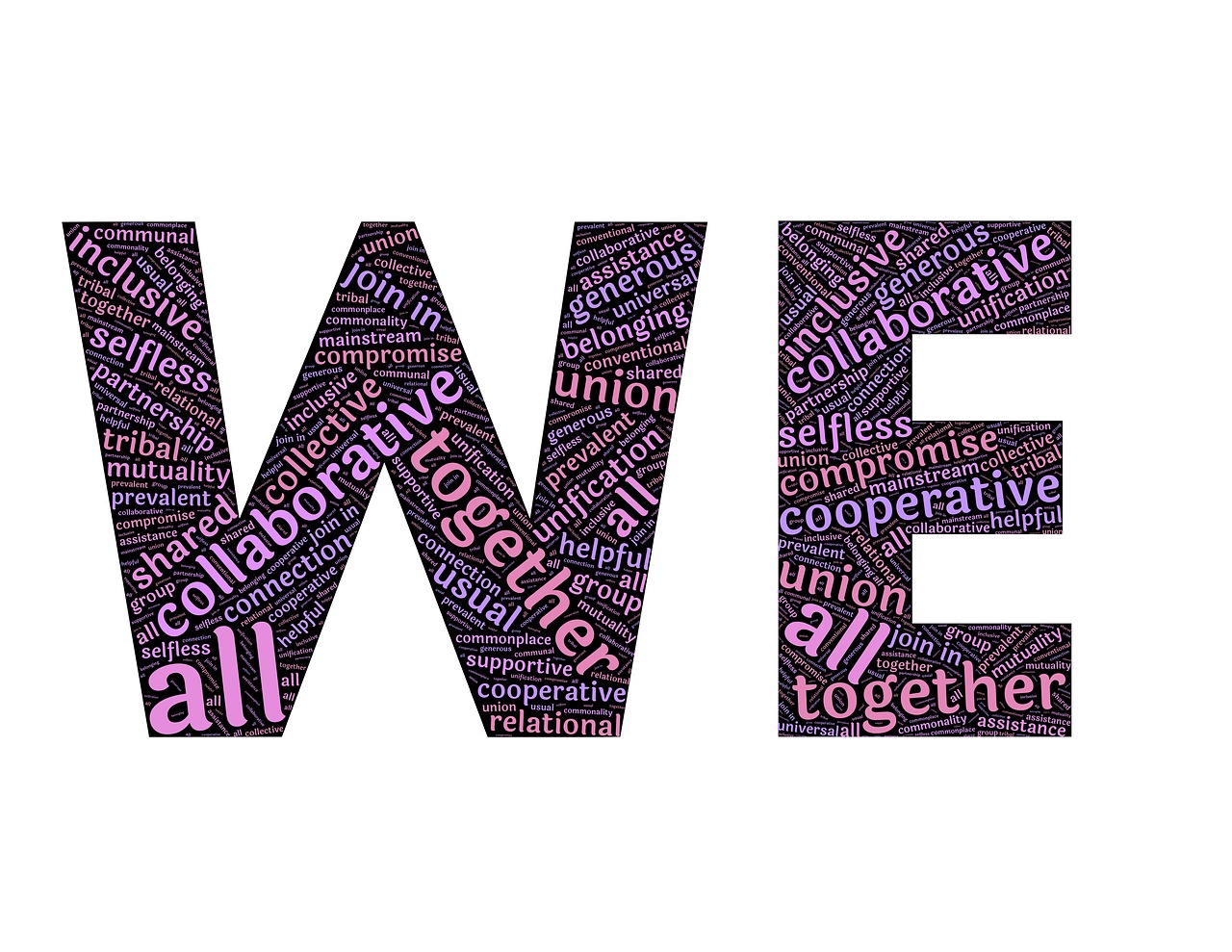The skill most needed by Visionary Leaders is the ability to surf the edge of chaos. They demonstrate this skill by having the courage to convene their collaborators, the finesse to engage them fully, and the tenacity to sustain their momentum.
IN GENERAL: The Principles of Collaboration apply:
1. Convene, engage and sustain. Adapt your methods as the lifecycle of the initiative evolves.
2. Ensure that there is a common understanding of the temporal context of the situation (past experiences, present situation, and future trends).
3. Plan and make decisions without being limited to existing or evident solutions at hand. System Thinking prevails.
4. When collaborating, allow the group to diverge to consider a broad range of options before it converges towards the solution.
5. Remember that transparency is accountability.
TO KICK OFF: There is a framework to influence and enable complex collaboration:
6. Establish a unifying Common Purpose that is understood and agreed to by all.
7. Always focus the efforts on Outcomes. Outcomes are defined as the lasting effect or action resulting from the implementation of the solution arrived at through collaboration.
8. Invoke any complex collaborative system by establishing initial conditions in open collaboration with full representation of all the stakeholders.
THROUGHOUT THE PROCESS: A three-phase approach is used for each collaborative activity:
9. Prepare the relevant information by collating, analyzing, and synthesizing it prior to each collaborative engagement so that both dialogue and decisions can be evidence-based.
10. Launch the appropriate method of collaboration before proceeding with any significant decision or action.
11. Maintain Momentum:
a. Keep lines of communication and the opportunity to re-engage active throughout implementation.
b. Identify, track and resolve issues as they occur.
SUCCESSFUL IMPLEMENTATION: An Adoption Strategy supports the journey towards intended outcomes:
12. Address the needs of stakeholders within “adoption communities” that have similar business models, organizational capacity and willingness to adopt the proposed solution.
13. Implement a collaborative solution in which adoption communities are each engaged in a three phase approach:
a. Ready: Conduct a collaborative review is undertaken to arrive at a common understanding of requirements, scope of work, readiness of the adoption community, capacity needed and viable options on how to proceed. This phase concludes with a joint go/no-go decision that signifies commitment of the required resources for the next phase.
b. Set: Establish a joint project team and adoption community group to work together to prepare the adoption community for implementation. This phase concludes with a joint go/no go decision that signifies readiness to begin operational implementation of the solution.
c. Go: Support the adoption community throughout the transition to implementation of the new solution. Provide a high level of support at the outset; this support will decrease over an agreed period of time until full operational control is transferred. This phase concludes with a joint go/no go decision to continue operations under an appropriate service partnership agreement.
KEEPING IT ALIVE: Ongoing mechanisms sustain the culture of collaboration:
14. Reach out to stakeholders with ongoing communications that provides them information they need to act in support of the initiative. Critical stakeholder groups are identified by thinking “one level up, two down, and across”.
15. Create a Collective Governance body to provide guidance and oversight. Collective Governance means that each adoption community is able to make independent decisions that are in alignment with the Common Purpose and congruent with the values of their community. Guiding Principles that specify the criteria for congruent decisions also help.

